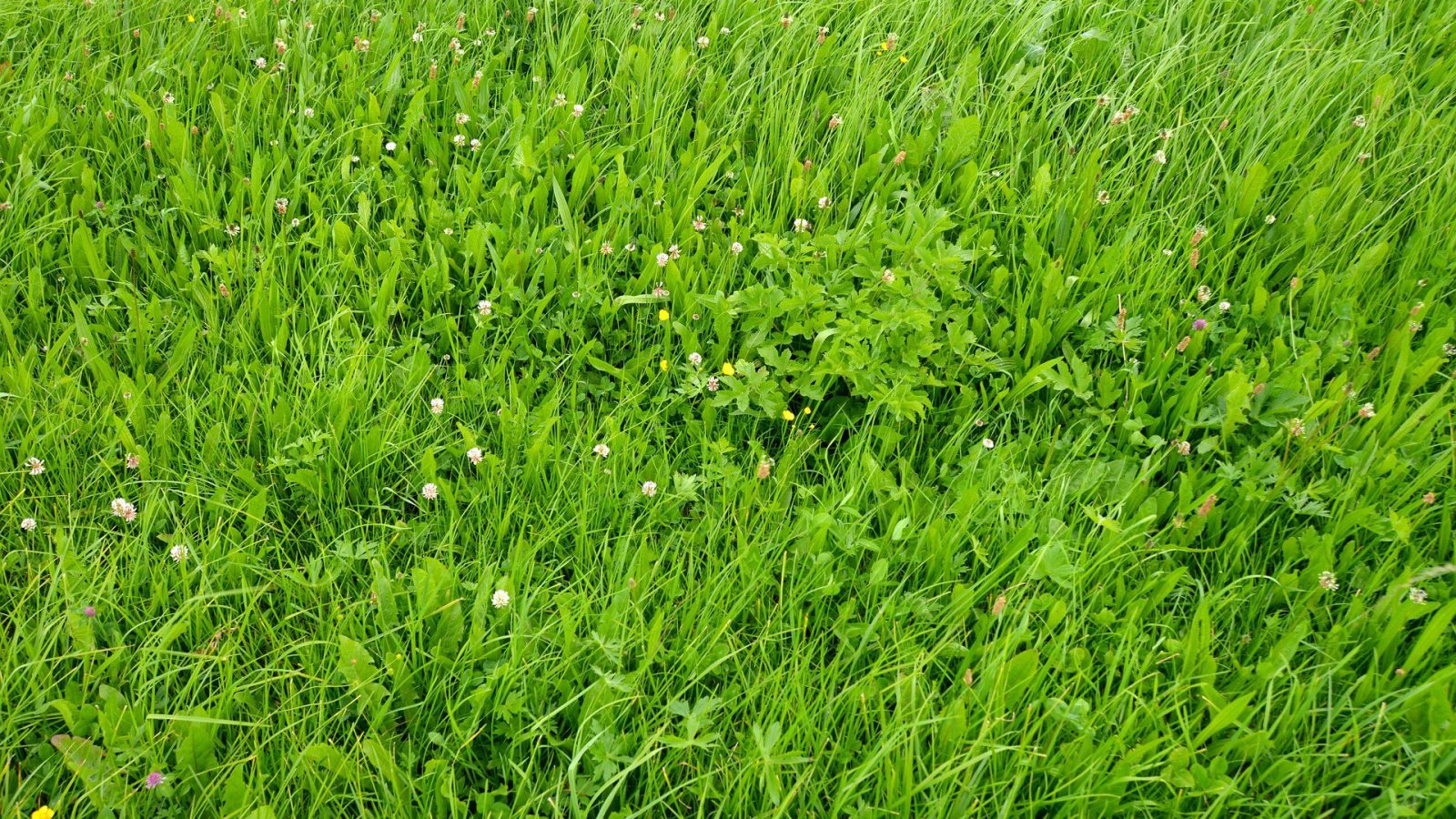Bijeenkomst: EGF2015 Auteur: Ruelle E., Delaby L., Wallace M. and Shalloo L. ISBN: 978-9090-289-61-8 Jaar van uitgifte: 2015 Producttype: Paper Determining the impact of a change of management on differing farm characteristics is a significant challenge in the evolution of dairy systems, due to the interacting components of complex biological systems. In this study the …
Concentrate supplementation and milking frequency in automated milking with grazing
Bijeenkomst: EGF2015 Auteur: Foley C., Shortall J. and O’Brien B. ISBN: 978-9090-289-61-8 Jaar van uitgifte: 2015 Producttype: Paper Voluntary movement of cows from paddock to milking yard is an inherent aspect of an automatic milking system (AMS) integrated with grazing. The motivation for the cow to present at the milking yard, during the main grass-growing …
Concentrate supplementation and milking frequency in automated milking with grazingRead More
